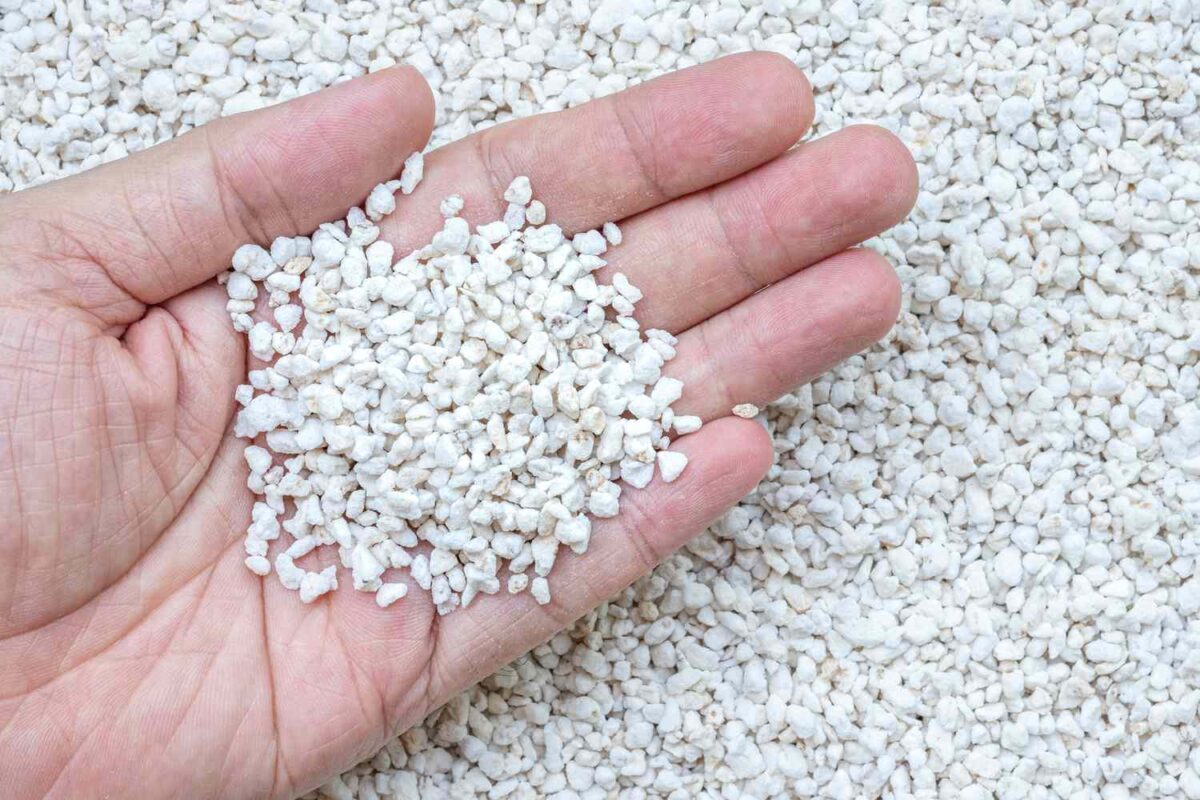Propagation Media
An Insight Into Perlite
Perlite, a ubiquitous sight in gardening stores and a staple in potting soil mixes, is more than just a white, lightweight material you mix into your soil. Its unique properties and versatile applications make it a favoured choice among gardeners and horticulturists. Here’s a deep dive into what perlite is, its origins, uses, and its pros and cons when integrated into gardening practices.
What is Perlite?
Perlite is a form of volcanic glass that is characterized by its high water content. It is formed by the hydration of obsidian, which occurs naturally. When heated to high temperatures (about 850-900 degrees Celsius), perlite expands from four to twenty times its original volume, exploding like popcorn. This process creates a lightweight, porous material filled with tiny air bubbles.
The Composition and Creation of Perlite
Made out of volcanic glass, perlite contains 70-75% silicon dioxide along with a mix of other oxides like aluminum, sodium, and potassium. Its natural composition is what makes it so valuable for agricultural and industrial uses. The expansion process imbues perlite with its lightweight and porous nature, making it an ideal medium for gardening and other applications.
Why Use Perlite in Gardening?
1. Enhanced Aeration: Perlite’s porous nature improves soil aeration, allowing oxygen to reach plant roots easily. This is crucial for healthy root development and the prevention of root rot. 2. Improved Drainage: It helps improve drainage in heavy soils, preventing waterlogging while retaining moisture needed by the plants. 3. Root Support: Its lightweight nature supports and protects delicate root systems during growth, making it ideal for seedlings and cuttings.
Can Perlite be Mixed with Other Growing Media?
Yes, and it’s often recommended. Perlite is frequently mixed with peat moss, soil, coconut coir, and vermiculite to create a well-draining, aerated potting mix. This versatility makes it suitable for a wide range of gardening applications, from starting seeds to potting houseplants and improving garden soil structure.
Advantages of Using Perlite
- Non-toxic and Sterile: Perlite is pH neutral, non-toxic, and sterile, meaning it won’t introduce diseases, weeds, or pests into your garden.
- Lightweight: Its lightweight nature makes it easy to handle and mix into soils or other media.
- Water Retention: Despite its excellent drainage properties, perlite can hold water on its surface, keeping moisture available to plants.
Disadvantages of Using Perlite
- Dust Issues: When dry, perlite can produce dust that may irritate the nose and eyes. It’s recommended to moisten it before use to minimize dust.
- Environmental Impact: The energy-intensive expansion process raises concerns about sustainability and environmental impact.
- Floating: When over-watered, perlite can float to the surface of the potting mix, which may affect aesthetics and slightly reduce its effectiveness in improving aeration and drainage at deeper levels.
Conclusion
Perlite’s unique properties make it an indispensable addition to the gardener’s toolkit, enhancing soil structure, drainage, and aeration. When used responsibly and mixed with other growing media, perlite can significantly improve plant health and vigor. However, as with any gardening tool or additive, understanding its advantages and disadvantages ensures that you can make the most out of using perlite in your garden. Whether you’re an indoor plant enthusiast or an outdoor gardener, integrating perlite into your gardening practices can lead to healthier plants and more successful yields.


